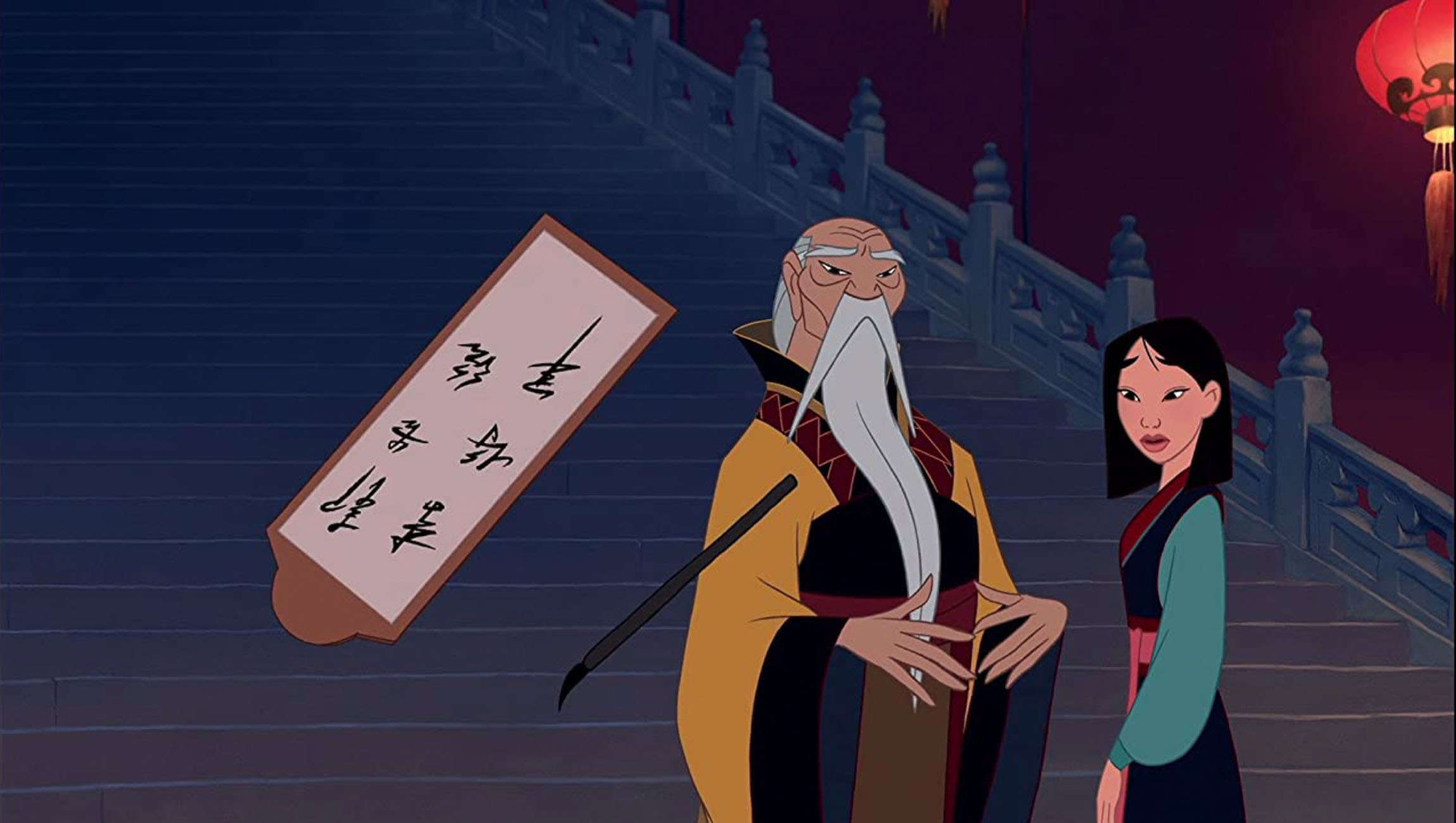Create a free profile to get unlimited access to exclusive videos, sweepstakes, and more!
Anatomy 101: Is an ancient Chinese script the oldest anatomy “textbook” in existence?

Hippocrates and Galen might come to mind when you think of classical anatomy, but someone might have figured the human body out before he ever did. Someone on the other side of the planet.
Anatomists who lived during China’s Han Dynasty, a period when learning flourished, are thought to have first mapped the structure of the body (as opposed to function). Ancient scientists dissected bodies for thousands of years—the drawback is that too little evidence of it has surfaced, which explains why European texts have been the go-to for centuries. Medical scientist Vivien Shaw and her research team have now unearthed Chinese Mawangdui medical texts from some 2,200 years ago. That means the ghost of Hippocrates probably needs to take several seats.
“The ancient Greeks and Chinese had some similar concepts, such as pneuma, or life force, which is broadly similar to Qi,” Shaw, who recently published a study in The Anatomical Record,” told SYFY WIRE. “However, in Chinese medicine, the philosophy of yin and yang lies at the core of how the body is understood. There is nothing in ancient Greek medicine that matches this.”
Long before the Renaissance brought on anatomical enlightenment in the Western world, discoveries made in China, Persia, and India reimagined how more ancient peoples may have previously thought of the human body. Some of them even predated the luminaries of ancient Greece and Rome. The Mawangdui texts do not directly mention acupuncture, but the knowledge they contain that is still used in the practice disproves erroneous thinking that acupuncture is not based on actual science. Not only are they factually comparable to anything that came out of ancient Greece, but they survived when several Greek texts perished in the fire that reduced the fabled Library of Alexandria to ashes.
Unearthed from the Mawangdui burial site, where they were hidden deep underground since 168 B.C., the Mawangdui manuscripts were placed along other artifacts associated with traditional Chinese medicine. This tomb also contained the body of the Lady of Dai, one of the most remarkable mummies in the world. Scientists are still unable to figure out how her body was preserved almost unnaturally well. Whether anything written in the Magwandui texts or others buried with them had something to do with that remains unknown.
But how did the Chinese get around the Confucian tradition of venerating ancestors, which should have ultimately prevented them from carrying out dissections? This is really the only way they could have learned about the 11 (later 12) meridians, or energy pathways in the body, that form the basis for acupuncture. Later texts reveal that they used the bodies of criminals so they wouldn’t have to break tradition and commit what would have been considered a sacrilegious act of disrespect.
“There are instances in most of the meridians where the structures that the texts are describing can only be seen in the dissected body, and could not be inferred from looking at the exterior,” Shaw explained. “For example, there is no other method by which they could have known the vena cava travels through the abdomen on the right hand side. Careful, systematic dissection is required in order to find these structures, so they would have had to study the body in this way.”
Pathways are associated with certain diseases much as humors were in medieval Europe. The Huangdi Neijing, or Yellow Emperor’s Canon of Internal Medicine, was the ultimate Chinese canon of medicine during the Han Dynasty, and within its revered pages are the oldest writings on acupuncture theory. This is because these teachings were actually copied from the earlier Mawangdui texts. While the Neijing itself appeared slightly later, the information inside that was gathered from the Mawangdui texts predates it. The Neijing has been copied and recopied to the present day to reflect advancements in medical knowledge up to this day.
The only difference between the Neijing’s original text on meridians and the Mawangdui texts is that a 12th meridian was later added to the Neijing. Both texts describe the circulation of Qi, or vital energy, through these meridians.
“The location of the meridians and points has remained constant since the Neijing,” Shaw said. “Current research is trying to solve the mystery of why it is that, if you use this particular body map of meridians and points, you get the physiological changes and health benefits that you do. So, in a way, the ancient texts have directly informed current research, even though the meridians and points were arrived at through looking at anatomy, not physiology.”
Another mystery surrounding the Mawangdui texts is that they may not even be the oldest records of anatomy, just the oldest that have either survived or been discovered yet. There are thought to be older Eastern manuscripts that have so far eluded us. Maybe they will eventually be found by dissecting the past.


























